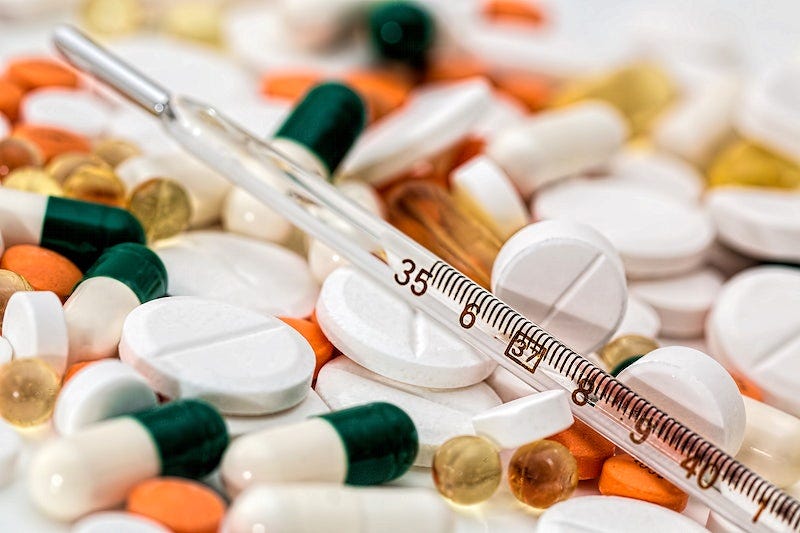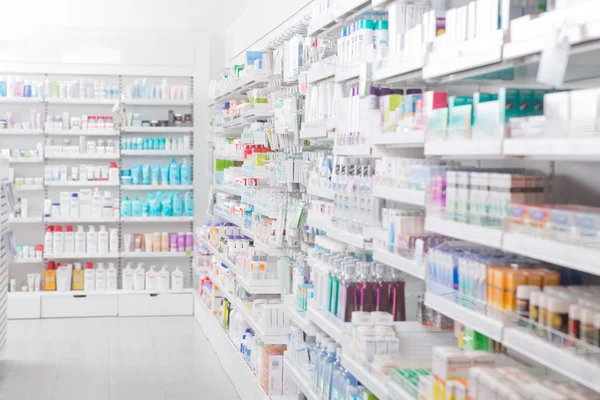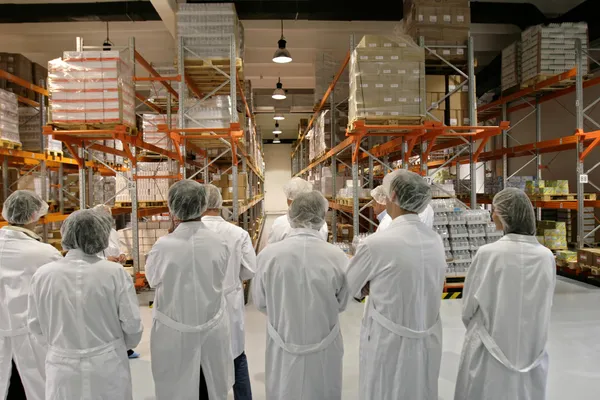
“What’s the price of a pill when politics writes the prescription?” That is now the question looming over the worldwide pharmaceutical industry after President Donald Trump announced that, as of October 1, 2025, the United States will be charging a 100% tariff on any branded or patented pharmaceutical product that is made overseas unless the manufacturer is actually in the process of constructing a plant within U.S. territory.

1. The Policy Shift and Its Immediate Scope
Trump’s announcement, posted through Truth Social, specifies “IS BUILDING” as under construction or having commenced breaking ground, granting tariff exemptions to projects already in progress. Branded or patented medicines those with intellectual property protection and sold under trademark names are the focus, sparing generics so far in their majority. Pharmaceuticals in the past have historically been tariff-exempt because they are considered vital, but this action is a departure from that position, positioning drug production as an issue of national security under Section 232 of the Trade Expansion Act.

2. Economic Size of U.S. Pharmaceutical Imports
The U.S. imported $213 billion of drugs in 2024, almost three times the value a decade ago. Branded medicines cover only 15% of scripts but close to 90% of expenditures, with the U.S. spending three to four times the cost other industrialized countries pay for the same products. The EU, Switzerland, Singapore, and India are the key suppliers, with China making only 3% of imports.

3. Supply Chain Complexity and Reshoring Challenges
Drug manufacturing is one of the most complex worldwide supply chains, with geographically separated facilities for active pharmaceutical ingredients (APIs), intermediates, and end formula. As BMO Capital Markets analyst Evan Seigerman put it, “It’s not as simple as relocating where somebody screws in little screws to produce an iPhone.” It can take years to construct compliant facilities to manufacture complex biologics or sterile injectables; Novo Nordisk’s soon-to-be-announced North Carolina factory, approved in 2024, won’t be running until 2029.

4. Possible Price and Shortage Effects
As specialists caution, tariffs have little chance of benefiting U.S. consumers but risk increasing prices for brand-name medicines already weighing heavily on American patients. Johns Hopkins’ Mariana Socal warned, “One of the most immediate consequences [of tariffs] could be price increases” on medicines for which Americans already pay more than counterparts elsewhere. Insurance companies will likely hike premiums, Medicare Part D, and out-of-pocket payments as payers cover rising procurement costs. For generics, thin margins allow offshore manufacturers to skimp or drop production, amplifying shortages already a record 323 drugs in Q1 2024, 70% of which were generics.

5. Industry Investment and Strategic Positioning
Preemptively to tariff threats earlier this year, 14 leading drugmakers AbbVie, Amgen, Bristol Myers Squibb, Eli Lilly, Johnson & Johnson, Novartis, and Sanofi made U.S. production pledges for $195 million to $50 billion. Asian generic and biosimilar firms such as Celltrion and Aurobindo have also initiated U.S. plant projects. However, Alex Schriver of PhRMA warned, “Every dollar spent on tariffs is a dollar that cannot be investment in American manufacturing or the development of future treatments and cures.”

6. Legal and Trade Agreement Constraints
Current trade agreements with the EU and Japan limit pharmaceutical tariffs to 15% for most products, possibly protecting some exporters. How Trump’s 100% rate interacts with these agreements is uncertain, as is what qualifies as facilities for the exemption. Leerink Partners analysts speculate that the tariff notice can be a negotiating ploy linked to the ongoing Section 232 investigation.

7. Downstream Impacts on Manufacturing Inputs
Tariffs will also affect intermediate products like APIs and package components. Interference in these upstream inputs could slow down local production, especially for drugs that are crucial for hospital-administered use, such as heparin, epinephrine, and infused cancer therapies. Stockpiling may become a last resort for hospitals and pharmacies, leading to shortages in localized areas and unequal access.

8. Research and Development Risks
The drug industry depends heavily on high-margin sales of branded drugs to finance R&D, with the cost of taking a new drug to market sometimes well over $3 billion. Tariffs might redirect funds away from innovation at disproportionately high costs to smaller biotech companies and new firms that cannot absorb extra costs. This might have the effect of consolidating the market and decreasing diversity of drug development pipelines.

9. Global Market Reactions
Asian stocks, especially Japanese and South Korean equities, dropped sharply following the announcement, with Sumitomo Pharma 5.1% down and SK Biopharmaceuticals 3.4% lower. Singapore’s exposure is substantial, as close to 40% of its U.S. pharma exports would be impacted. India’s generics sector looks to be insulated for the moment, but market sentiment remains cautious in light of general U.S.-India trade tensions.
The 100% tariff threat, as a hard policy change or as a negotiating tool, compels pharmaceutical firms to rethink manufacturing profiles, supply chain robustness, and capital planning. In an industry where production cycles span multiple years and regulatory compliance is merciless, the nexus of trade policy and drug supply security becomes an existential problem for executives, policymakers, and investors.

